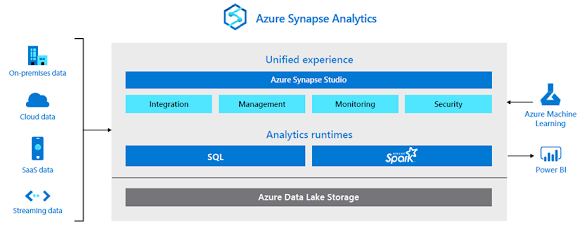Microsoft 365 Records Management Compliance
As a SharePoint
consulting practice, we at Prometix had a chance to implement a Microsoft 365
Records Management service
This is a fairly new
service and Microsoft announced in May the commercial release of the
Microsoft 365 Records Management service.
This service, which
lets organisations apply "labels" to documents, as well as machine
learning to automatically apply those labels, is designed to address legal
compliance tracking issues for organisations. Microsoft claims it'll help
demonstrate compliance with regulations through defensible audit trails and
proof of destruction. This will assist in integrating with Business
Intelligence such PowerBI, and artificial intelligence such as Azure services.
The Records Management
service is currently available through the Microsoft 365 Compliance
Center. Organisations need to have Microsoft 365 E5/A5 or Microsoft 365
Insider Risk Management licenses to use the service, which gives them the
rights to automatically apply "retention or record labels based on
trainable classifiers," according to this
Microsoft document description.
Microsoft has other
compliance solutions besides this Records Management service. It has an
Information Governance service and some SharePoint solutions, namely SharePoint
In-Place Records Management and SharePoint Records Center.
Information Governance
was described as being a "simple way to keep the data you want and delete
what you don't," but it apparently lacks access to the advanced capabilities
of the Records Management service. Information Governance can just "create
and publish non-record labels for manual application," Microsoft explained
in the comments section of its announcement.
SharePoint's Records
Center and In-Place Records Management solutions were described as having
"legacy functionality," meaning it uses old technology. Microsoft
recommended that users of these SharePoint records solutions should switch to
using Microsoft 365 Records Management service:
This new solution [Microsoft
365 Records Management] is where our future investments in records management
will be made and we recommend any SharePoint Online customers using
SharePoint's in-place records management, content organiser, or the SharePoint
records center to evaluate migrating to this new way of managing your records.
To
start off, there are two methods for labeling content for the new Office 365
records management: manual and automatic.
Manual Application
While
the manual process of applying labels one-by-one to content is common for
physical records, it has proven to be a less-than reliable option for
productive electronic content management (ECM). With such high volumes of
organizational digital content, having individual users manually label their
own documents can result in disorganization, missing tags, or documents that
may not have been tagged or uploaded at all.
Automatic Application
Automatically
labeling is the more dependable of the two. With this method, content can be
labeled based on pattern of information, content type, metadata, or
location.
While
automatic labeling skips potential for human error, it requires the right tools
to work effectively. This is where O365 Labels can come in handy.
With O365 retention labels, authorized users can classify data across their organization in Office 365 for governance and enforce retention rules based on that classification. O365 is also excellent when it comes to data loss protection, having centralized RM capabilities, and having APIs for extension to meet compliance requirements for highly regulated industries and public sectors.
As a Microsoft Gold certified partner, we have extensive experience in delivering Office 365 based records management-based solutions. We have Office 365 consultants in Melbourne & Sydney. For more information, please contact us from enquiries@prometix.com.au


Comments
Post a Comment